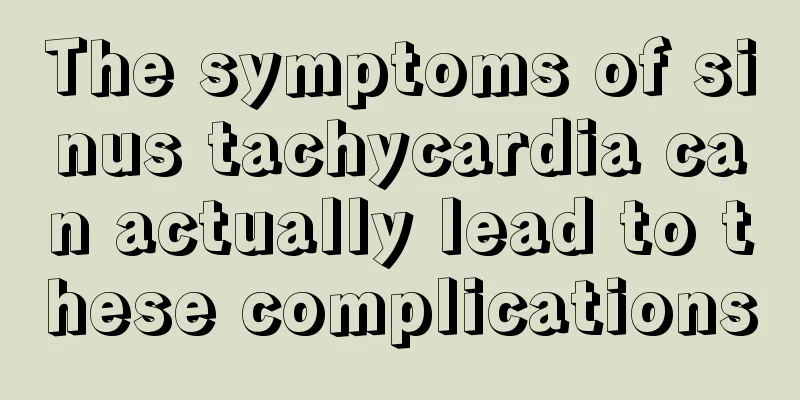Is cerebral vasospasm serious?

|
The importance of physical health cannot be overstated. Without health, everything else is redundant. The brain is arguably the most important part of the human body. If there is a problem with the cerebral blood vessels, our physical health can easily be seriously damaged. The same is true for cerebral vasospasm. Patients may experience adverse consequences such as hemiplegia. It can be said that cerebral vasospasm is relatively serious. Patients should pay enough attention and actively seek treatment to control the progression of the disease as much as possible and avoid greater damage and impact due to cerebral vasospasm. Cerebral vasospasm refers to a persistent constriction of the intracranial arteries. If the blood vessels are found to be in a spasm state only during angiography and the patient has no corresponding symptoms of neurological deficits, it is called asymptomatic vasospasm; if the patient has symptoms of neurological deficits, it is called symptomatic vasospasm, also known as delayed ischemic neurological dysfunction. Cerebral vasospasm is one of the most common complications of aneurysmal subarachnoid hemorrhage. Causes Rupture of intracranial aneurysm often leads to subarachnoid hemorrhage. The blood and its degradation products flowing into the subarachnoid space are the main causes of cerebral vasospasm. Craniocerebral injury, craniocerebral surgery, intravascular interventional treatment, tuberculous and purulent meningitis, migraine, hypertensive encephalopathy, etc. can also induce cerebral vasospasm. Clinical manifestations Cerebral vasospasm itself has no typical specific clinical manifestations. Generally, 3 to 5 days after subarachnoid hemorrhage, if there is a deterioration in consciousness, even accompanied by new focal localization signs, such as hemiplegia, hemisensory disturbance, aphasia, and manifestations of increased intracranial pressure, such as headache and vomiting, the possibility of cerebral vasospasm should be highly suspected after clinical exclusion of electrolyte disorders and CT examination excludes secondary hydrocephalus and intracranial hematoma. Unexplained fever and increased white blood cell count may also lead to the possibility of cerebral vasospasm. |
<<: What should you pay attention to in preventing cerebral vascular rupture
>>: Why does my forehead always hurt?
Recommend
Viral lymphadenopathy
Lymph is a very common soft tissue in the human b...
The efficacy of soaking garlic in rock sugar and vinegar
Pickled garlic in sugar and vinegar is the pickle...
The important role of zinc supplementation, expectant mothers should pay attention to it
Zinc is an important element needed by the human ...
What Chinese medicine can I take to prevent nasopharyngeal cancer
If you are diagnosed with nasopharyngeal cancer, ...
The hazards of high astigmatism
Many people do not pay attention to healthy eye u...
Meal for half a month after gastrectomy
Patients who have undergone gastrectomy should st...
Is urinary pain a symptom of bladder cancer? To prevent bladder cancer, pay attention to a healthy diet
People over 50 are more likely to develop bladder...
How to deal with curling iron burns
A head of big wavy curls will make women look mat...
How many types of purslane are there
Horse Teeth I believe many people are familiar wi...
Can non-small cell lung cancer be cured?
Non-small cell lung cancer is basically incurable...
Can you tell others about bad dreams you had?
Dreaming is a phenomenon that everyone will exper...
How can I fall asleep quickly at night
Sleep is the primary guarantee of good health. On...
How to use a disposable blood collection needle?
I believe many people have had the experience of ...
What is the reason for a bloated stomach and bitter mouth
Many people have experienced a bloated stomach an...
Which intestinal diseases are likely to cause intestinal cancer? Can intestinal polyps turn into cancer?
Intestinal cancer is another name for colorectal ...









